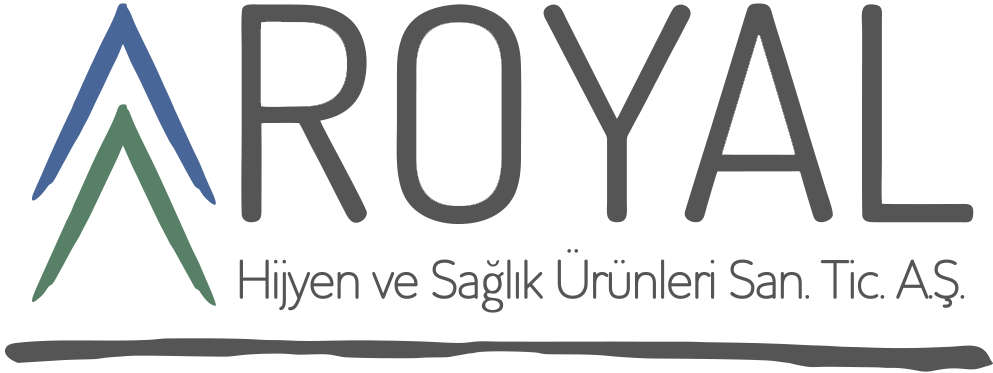Behind the Scenes: Understanding the Intricate Process of Diapers Production
The journey from raw materials to the final product involves a complex and intricate process in the production of diapers. Delving behind the scenes unveils the careful craftsmanship and technological innovations that contribute to creating these essential items for your baby.
The initiation of the manufacturing process involves a meticulous selection of raw materials for Diapers Production. Emphasizing quality as a top priority, manufacturers frequently choose soft and absorbent materials to ensure optimal performance. These materials encompass wood pulp, super-absorbent polymers, and non-woven fabrics, each selected for their capability to deliver comfort and absorbency.
Wood pulp, known for its softness and natural absorbent properties, is a key component in the production of high-quality diapers. Manufacturers source wood pulp from responsibly managed forests, prioritizing sustainability in the raw material supply chain.
Super-absorbent polymers, another critical ingredient, enhance the diaper’s ability to retain liquids effectively. These polymers have an impressive capacity to absorb and lock in moisture, keeping the diaper’s surface dry and preventing discomfort for the user.
Non-woven fabrics play a crucial role in providing the necessary structure and strength to the diaper. These fabrics are often selected for their breathability, ensuring proper air circulation to keep the baby’s skin dry and healthy.
The synergy of these carefully chosen materials contributes to the overall performance of the diaper, meeting the essential criteria of comfort, absorbency, and durability. Manufacturers strive to maintain a delicate balance in raw material selection, creating a product that not only meets high-quality standards but also prioritizes the well-being of the end-user.

Cutting and Shaping
Following the sourcing of materials, the next critical phase in the Diapers Production manufacturing process involves precision cutting and shaping. This step is integral to crafting the distinct layers of the diaper, and it relies on automated machinery to ensure accuracy in both form and function. The design must cater to the dual requirements of functionality and a comfortable fit for babies of various sizes. Automated cutting machines are employed to precisely cut the materials into the required shapes. This precision is crucial to maintaining consistency across the diaper production process. Once cut, the materials are shaped into the core of the diaper. This core is strategically designed to offer optimal absorbency, providing a reliable barrier against leaks while keeping the surface dry. The design must account for the diverse sizes of babies for whom the diapers are intended. Automated systems are programmed to tailor the shape and dimensions accordingly, ensuring a snug and comfortable fit for infants and toddlers alike.
Automation not only ensures precision but also enhances efficiency in the manufacturing process. The automated systems can handle large volumes of materials, leading to a streamlined production line and consistent diaper quality. Throughout the cutting and shaping process, stringent quality control measures are in place. Inspections are carried out to guarantee that each layer is cut accurately, and the final shape meets the standards set for the specific diaper design. Diaper designs can vary based on intended use, such as for babies or adults. The cutting and shaping process is adaptable to accommodate these variations, ensuring that each type of diaper meets its unique requirements. Precision in cutting and shaping is paramount to the overall effectiveness and comfort of the diaper. The combination of automation and quality control measures guarantees a reliable end product that prioritizes both functionality and the well-being of the end-user.

